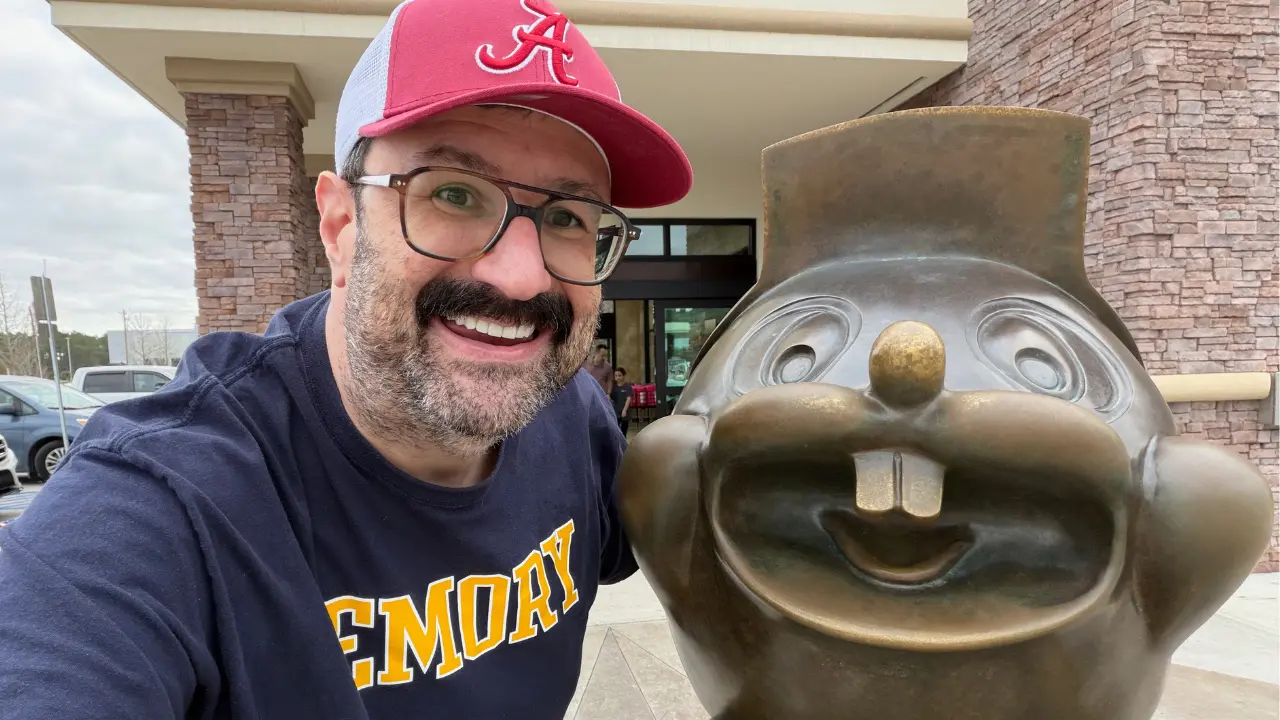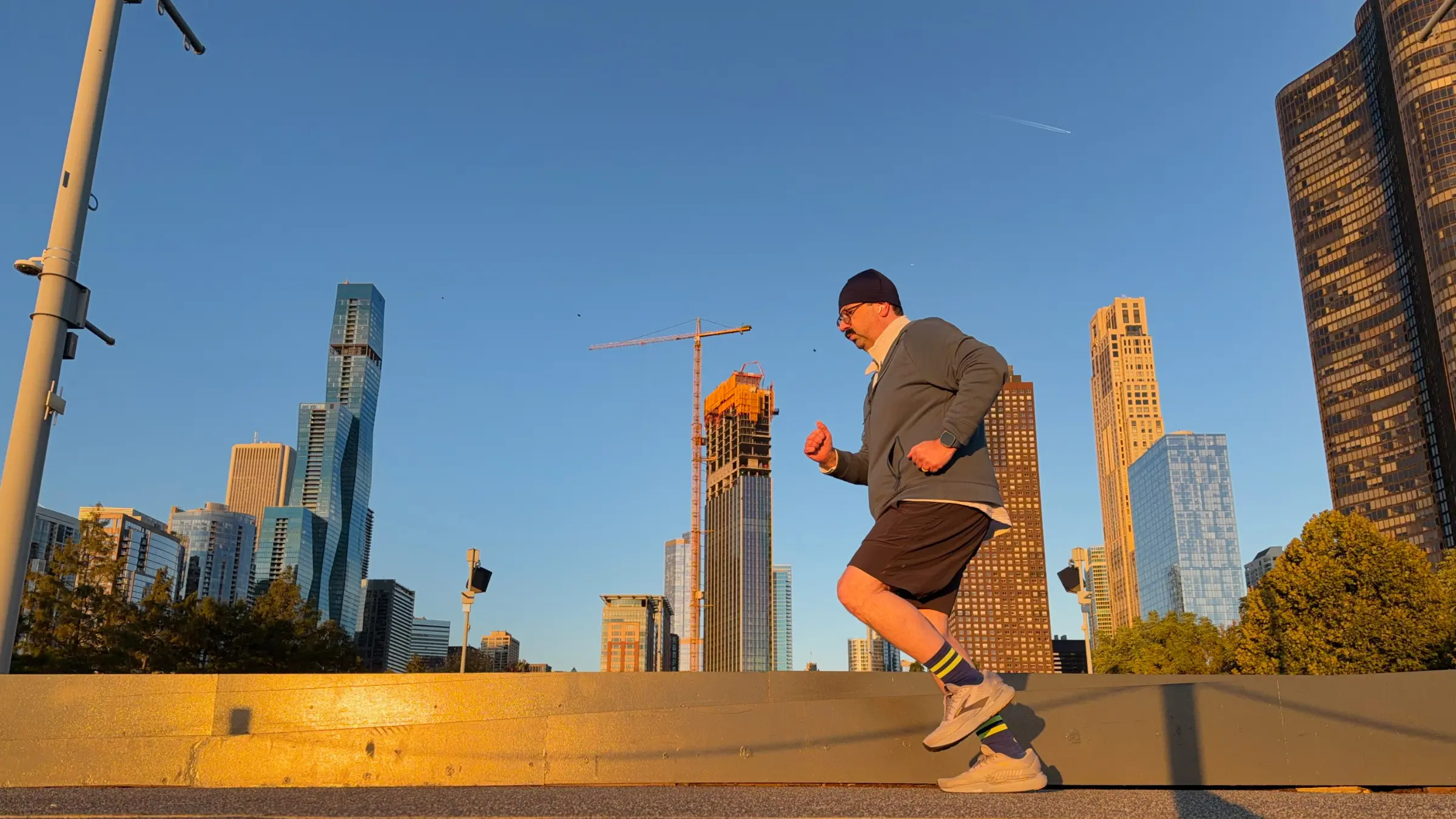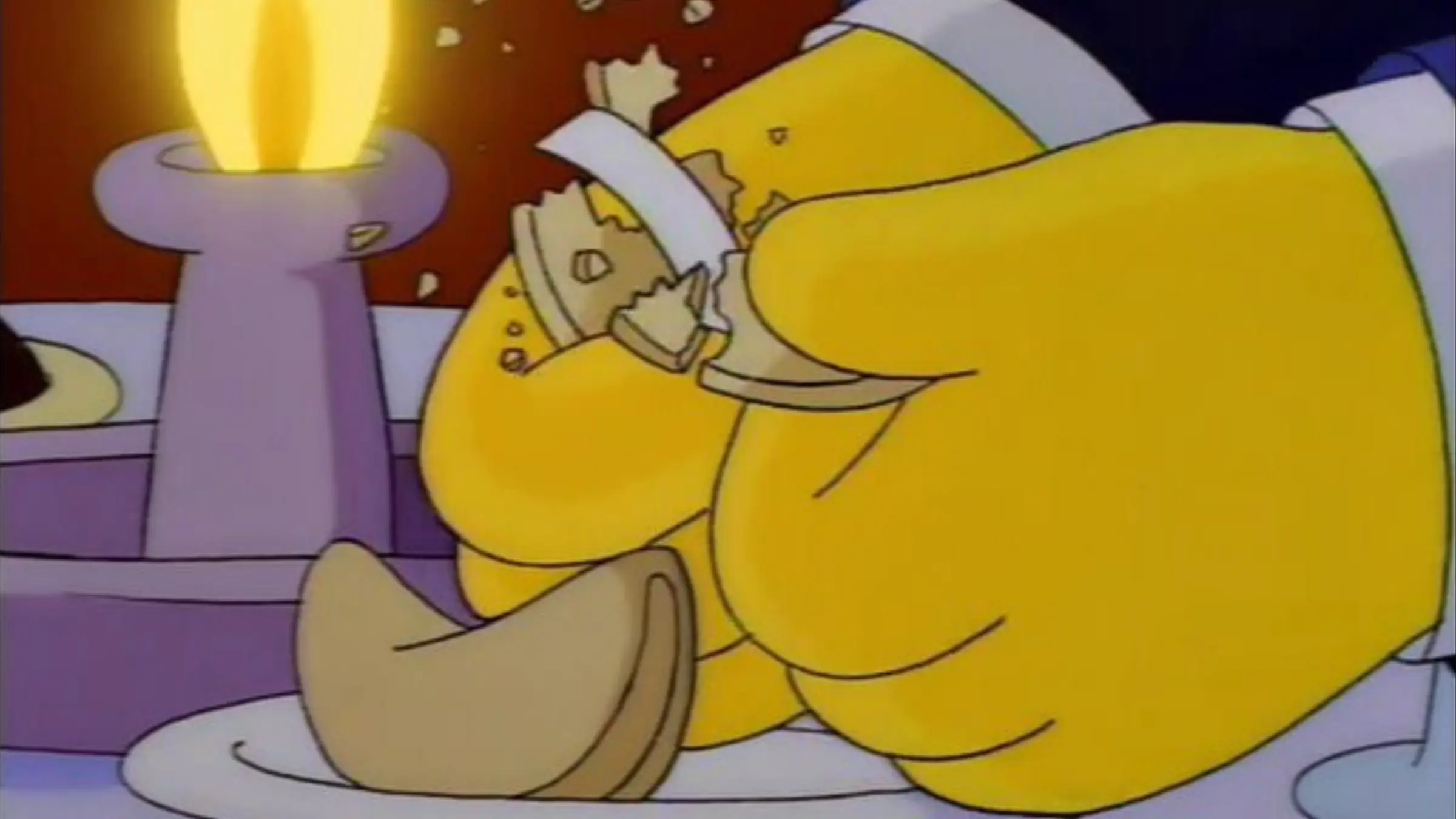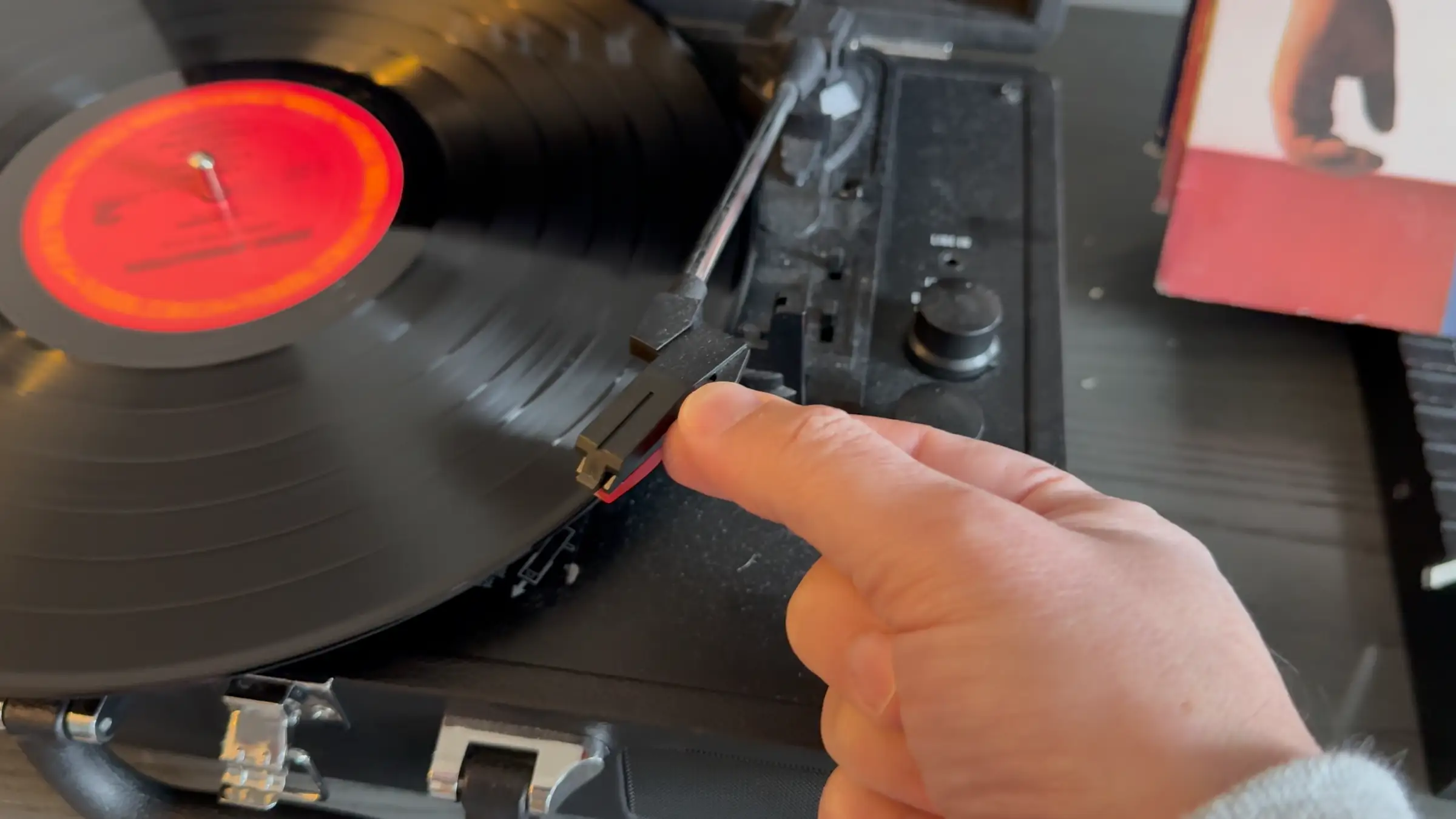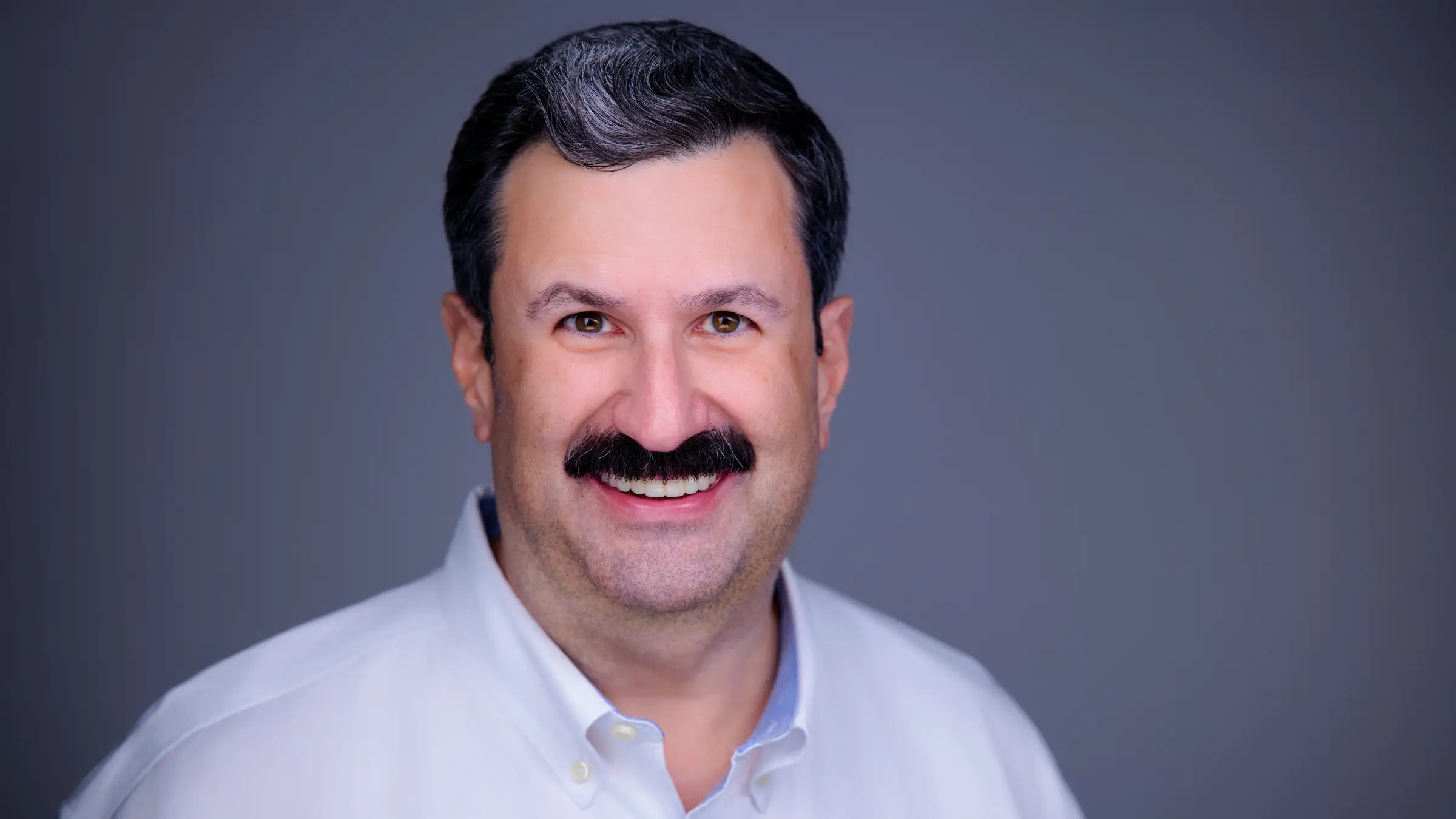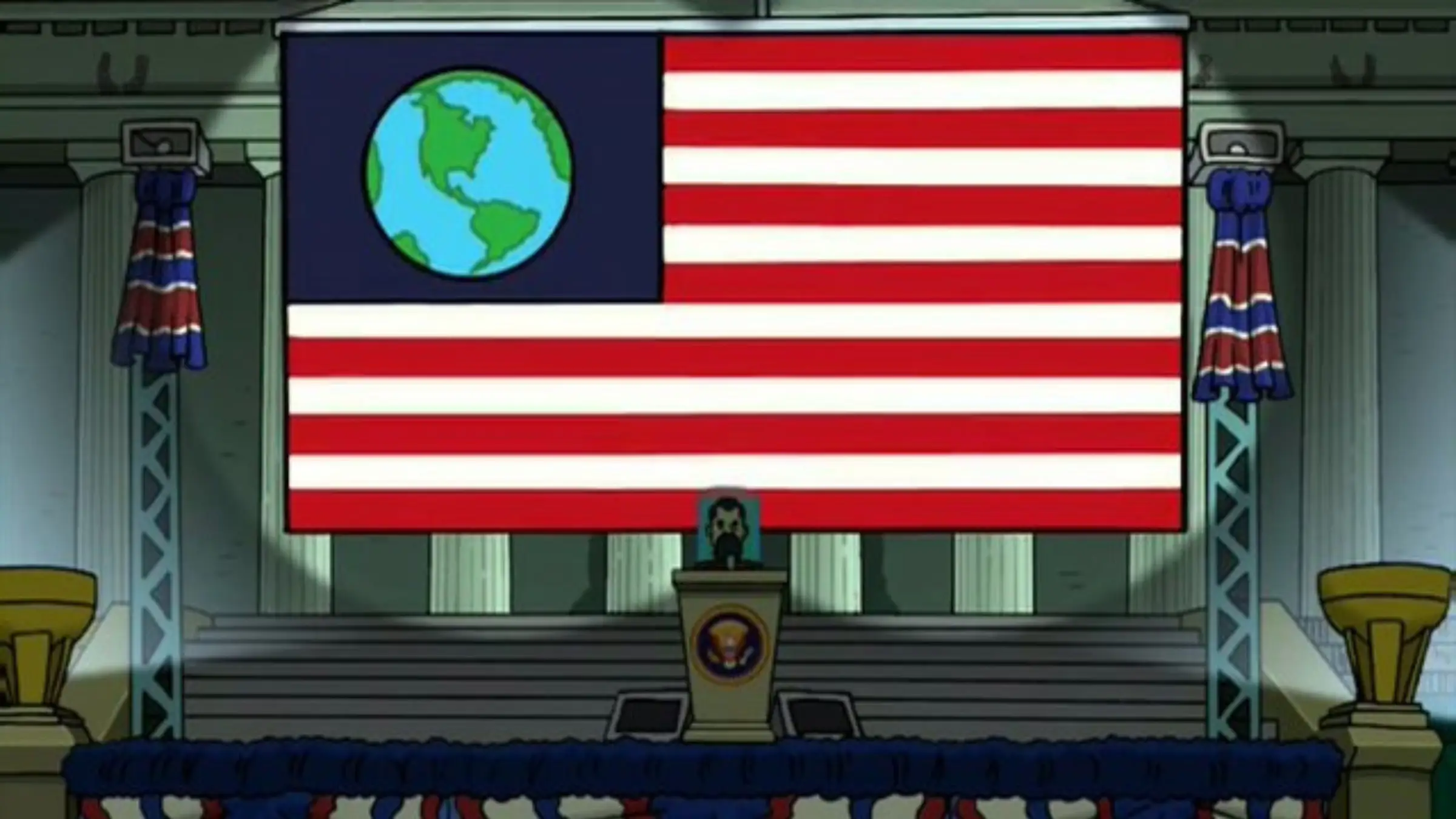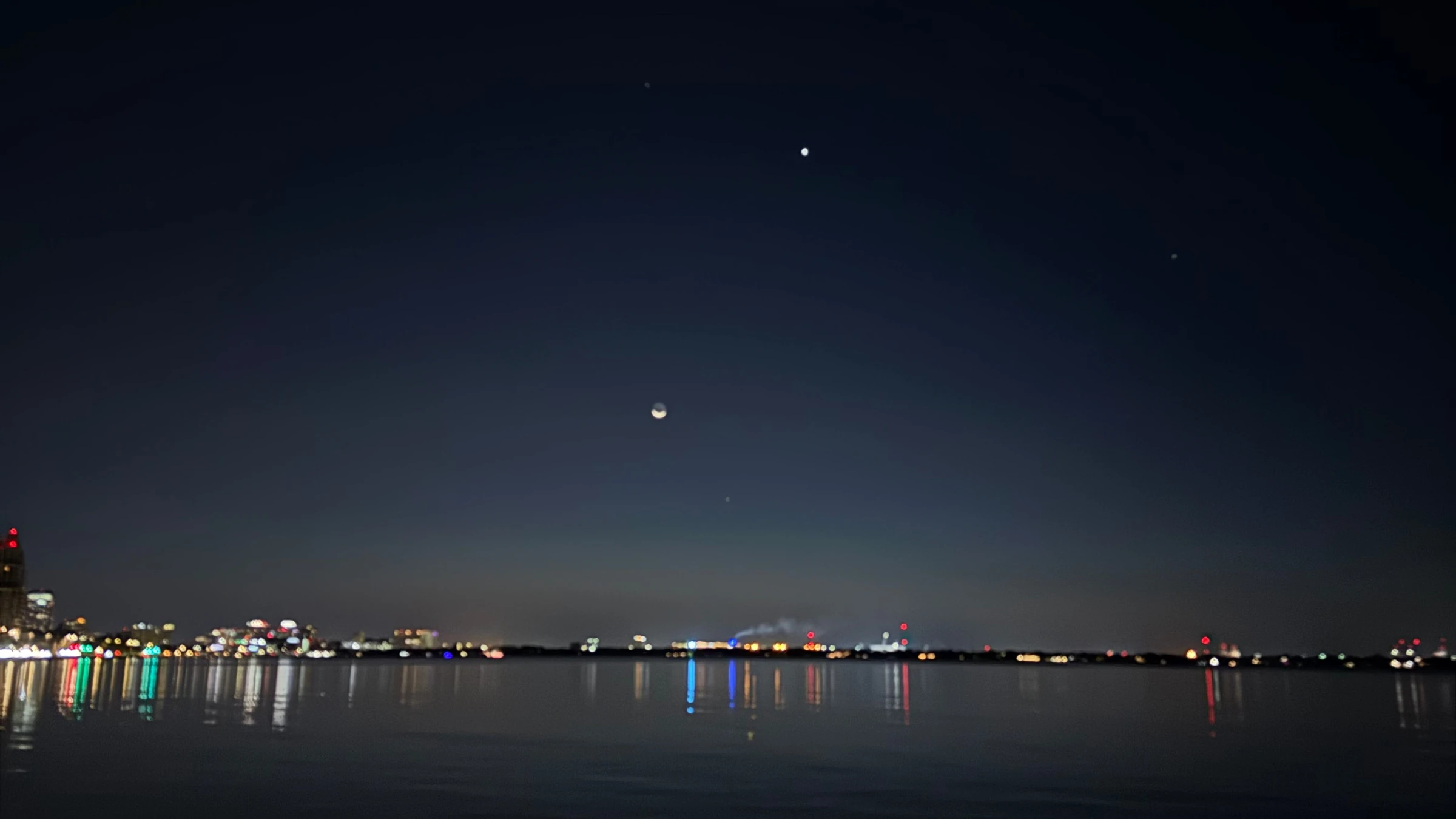-
The Buc-ee’s Stops Here
Imagine a gas station and convenience store on steroids. Then fill it with stuffed beavers. Now, get your mind out of the gutter … and welcome to Buc-ee’s!
-
A Mid Way to See Chicago
My Chicago run wasn’t much to write home about. Yet, here I am, writing about it anyway. Read on to discover why I wasn’t overly impressed.
-
Well, Desserts Aren’t Always Right
What a weirdly inappropriate, yet perfectly cromulent, fortune!
-
The First Five Cuts Are the Deepest
Make someone fall in love with your favorite artist. You only get five songs. And they can’t be hits. What’s on the playlist?
-
Now, That’s What I Call Music
When it comes to ’80s music, there’s a good reason why Britt’s hits are different from Dave’s faves. These playlists tell the story.
-
Doing the Charleston
Charleston, I appreciate you.
-
Picture Day
Don’t just stand there / let’s get to it / strike a pose / and hold a sandwich
-
Woop Woop Woop! A Tasty Take on Desecrating the Flag.
What can a 22-year-old episode of Futurama tell us about the current issue of flag desecration?
-
When You Get Caught Between the Moon and a Bunch of Manatees
My reward for dragging myself out of bed? Awesome astronomy, flippered friends, and a new sculpture. Worth it.
-
A Cut Above: What Comma Flips Taught Me About the Small Things
When you get the small details right, your big message lands better.
The Daily Dave
Live, laugh, logorrhea

